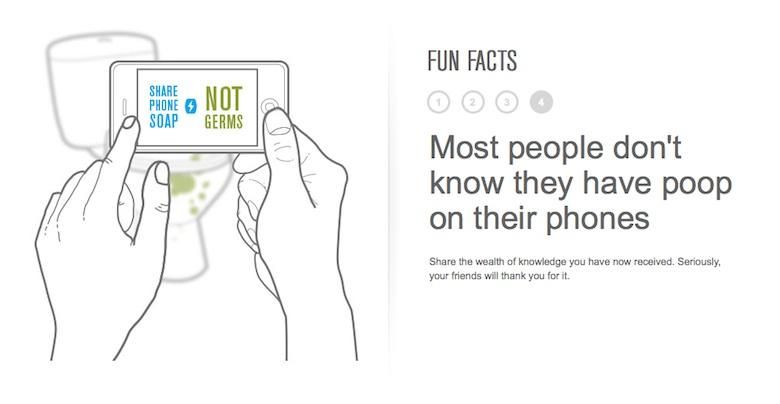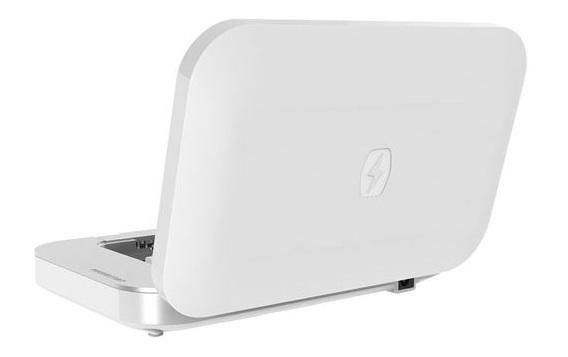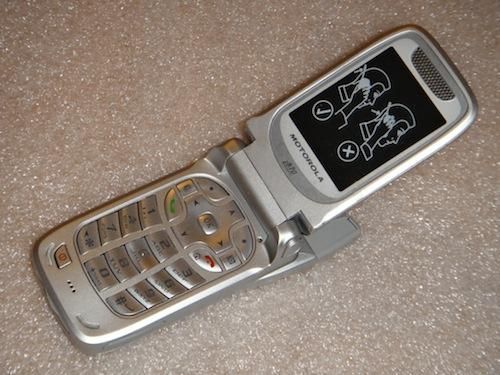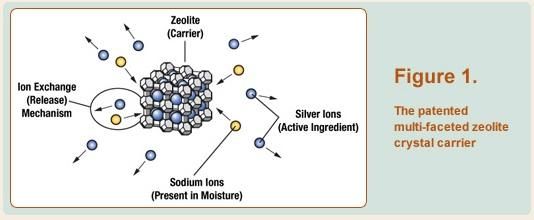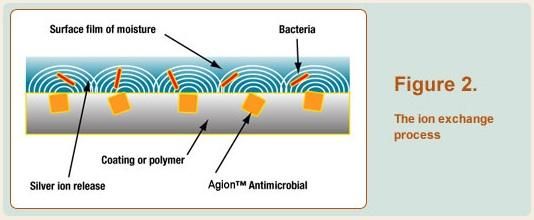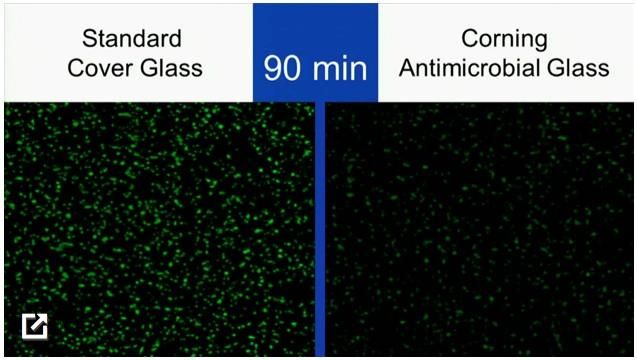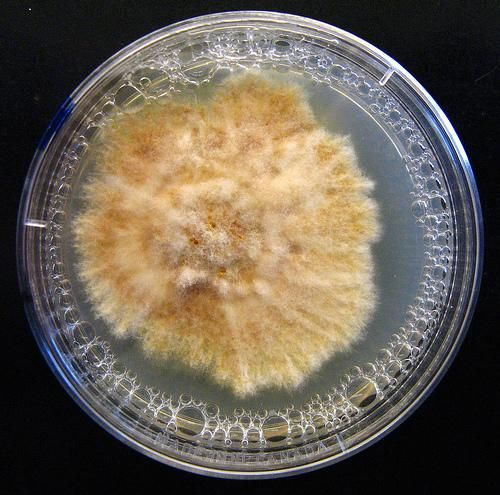If you made it to the outtakes section of my recent video comparing the HTC One max and Galaxy Note 3, you’ll know I currently have a head cold. That’s no fun, but it beats some of the more potent biological hazards out there, like coliform contamination, or the horrifyingly-named Methicillin-resistant Staphylococcus aureus (MRSA). Unfortunately, I’m still exposed to pathogens like these every single day, and so are you. And one of the leading nesting grounds of these bacteriological nightmares is -you guessed it- your trusty smartphone. Phone germs be nasty, people.
This unfortunate truth creeps back into the news cycle every now and then. Just last year, the Wall Street Journal cited a 2011 analysis of college students’ mobile phones that revealed them to be “veritable reservoirs of pathogens,” transmitters of diseases ranging from the common cold to pink-eye. In a test of eight other randomly-selected mobiles, “there were between about 2,700 and 4,200 units of coliform bacteria. In drinking water, the limit is less than 1 unit per 100 ml of water.”
That’s pretty gross, and an entire industry of problem-solvers, from the crowdsourced to the corporate, has sprung up to combat the problem. On the conventional side, there’s ho-hum stuff like alcohol-impregnated microfiber cloths and Windex electonics wipes, but my current favorite is the “UV Sanitizer & Universal Charger” from a company called PhoneSoap. It’s a small chamber that juices up your phone while also bathing it in DNA-destroying UV-C light, annihilating bacteria at the sub-cellular level. Which makes it sound like some futuristic healing chamber.
And it also looks like something straight from the utopian side of .
But all of these solutions focus on destroying harmful agents externally, and they all require some action from you. Why does our smart hardware have to life such a helpless existence? Why can’t manufacturers design a phone that actively fights the gross stuff that gets us sick as soon as it comes into contact with it?
Actually, they can – and they have. The first “anti-microbial” mobile phone to hit the US market landed way back in 2005. And it came, as most cutting-edge mobile technology did back then, from a little company called Motorola.
Behold, the future’s past!
The Motorola i870 was a device built for a carrier that no longer exists, designed for a network that’s since been shut down. Its camera had a resolution of 1.3MP and its killer app was a two-way walkie-talkie feature … or an MP3 player, depending on where your priorities fell. That’s how old this sucker is – and it still fought germs better than that fancy superphone or phablet you’re probably reading this article on.
That’s due to its special paint job, an antibacterial silver-ion coating called, appropriately, “Agion,” from a company called Sciessent. The material looked and felt like any other phone paint job, but it was positively lethal to any microbes foolish enough to try planting their flag on the i870’s surface. As Sciessent’s web site explains:
Zeolite crystals containing elemental ions are randomly oriented and distributed through the surface of a fiber, polymer or coating. In conditions that support bacterial growth, positive ions, in ambient moisture, exchange with elemental ions at reversible bonding sites on the zeolite. The exchanged ions are now available to control microbial growth.
See? Easy.
Okay, so the process is fascinating – but it’s also difficult to describe. Agion manages to sum it up better further down the page with some handy bullet points:
Elemental ions attack multiple targets in the microbe to prevent it from growing to a destructive population. This tri-modal action fights cell growth in three ways:
1) Prevents respiration by inhibiting transport functions in the cell wall,
2) Inhibits cell division (reproduction),
3) Disrupts cell metabolism
Depending on the microorganism, Agion antimicrobial technology has been shown to initially reduce microbial populate ions within minutes to hours while maintaining optimal performance for years.
Coincidentally, “Ion exchange process” is the name of my just-formed garage band. COINCIDENTALLY.
So okay: science talk aside, this is really cool stuff. Assuming Sciessent isn’t completely full of bunk (and the company is still around today, so it must be doing something right), it created a coating that actively destroyed bacteria, and it managed to install it on a phone that made it to market. That’s awesome. And the tech media of the day thought so, too: everyone from PCMag to Engadget to Men’s Health reported on the innovative new solution to fighting nasties on our favorite pocket gadgets. And so, the awesomeness of this idea being self-evident, the coating quickly spread to every mobile device ever, and people stopped getting pink-eye from their phones. Right?
Actually, no. The technology was incorporated into a few more of Motorola’s iDEN handsets and a few Dell laptops, but then it disappeared almost completely from the mobile-tech space. The last Agion-coated phone I can find record of was the ic902, released in 2007.
… after which things turned ugly for the populace.
So that’s depressing. And the lack of Agion-like coatings on modern phones probably accounts for at least some of the grossness of the Chicago WSJ studies mentioned above (though the results would have been horrific in any case because, you know – people nasty). What’s more: I’ve been unable to find a reason why Agion never broke past the iDEN barrier and made it to mainstream phones. Sciessent didn’t respond to a request for comment, and I’m left to speculate that a mixture of cost and the difficulty of marketing an “antimicrobial phone” led to the product’s stagnation. Whatever the reason, Agion is no longer a thing on mobiles, and as a result we’ve now got companies named PhoneSoap making tanning booths for our devices.
Thankfully, the story doesn’t end there. If reports from this summer are to be believed, everyone’s favorite rugged glass manufacturer is planning to incorporate antimicrobial technology into its next round of smartphone display coverings – a development that could introduce significant sterilization into today’s screen-heavy slabs.
Corning’s diagrams are a little simpler to understand. (via )
That’s a bit of a comfort, but I can’t find any evidence of this technology spreading to other parts of mobile phone casings – such as, you know, the back side. So you’re still gonna have to keep a germ-cloth handy to wipe down some parts of your mobile unless you want gross-phone-death syndrome … which just doesn’t seem very 2013.
I can’t help but long for the days of audacious innovation in the vein of Agion. Not that innovation is necessarily slowing in the mobile space … but outside-the-box thinking like coating a phone in germ-resistant paint is. Thankfully Motorola still retains much of its innovative spirit of yesteryear -albeit in a different division now owned by Google- and that’s best showcased by the Moto X’s internal design and software features. But along with funky form factors and strange-but-useful phone features, mutagenic phone coatings are currently stuck in a huge slump – and they’re due for a rally. It’ll be interesting to see who picks up the banner this time around; I just hope whoever does it finds more widespread success than Agion. And I hope it happens soon, because I’m tired of picturing populous Petri dishes every time I pick up my smartphone.
Now you know how it feels. You’re welcome.
•
Title image credit: PhoneSoap

